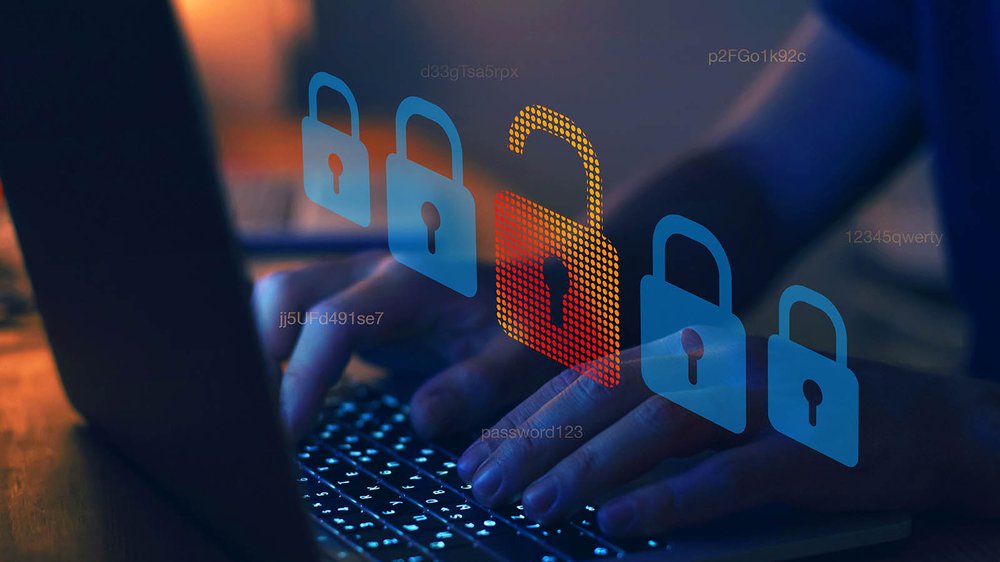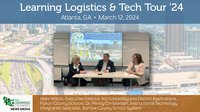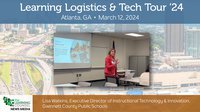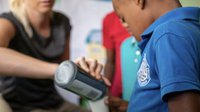PROOF POINTS: What happens when private student information leaks – By Jill Barshay, the Hechinger Report
How vulnerable is student data at U.S. public schools? That’s a critical question now that many, if not most, of the nation’s 51 million students are learning online at least some of the time.
Congressional watchdogs recently attempted to get a handle on the cyber security problem in schools. In a report publicly released in October 2020, the Government Accountability Office (GAO) counted 99 school data breaches over the past four years, from July 2016 to May 2020, that compromised the personal information of thousands of students in kindergarten through high school.
Attacks by cyber criminals were rare, the GAO found. More common were unintentional leaks in which private information, such as health records and telephone numbers, were accidentally made public. Students were responsible for more than a quarter of the breaches; their most frequent motive was changing grades.
The GAO relied on a private database of cyber attacks and leaks collected by Doug Levin of EdTech Strategies, a consulting firm. That’s because there’s no federal requirement for school districts to report data breaches. Most states have data breach notification laws but they vary a lot and there’s no obligation for state agencies to disclose them publicly. So the GAO turned to Levin’s K-12 Cybersecurity Resource Center, which has been collecting press clips about school data breaches from around the country and monitoring the states that do publicly report, such as Texas.
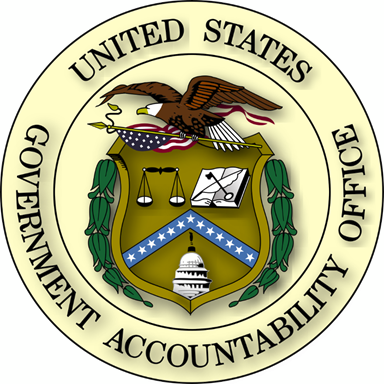
Why Los Angeles County’s neediest school districts don't apply for waivers to reopen campuses – By Karen D’Souza and Betty Rosales, EdSource
Los Angeles elementary schools located in predominantly low-income areas were expected to be at the front of the line to bring back their youngest students to campus through the county’s waiver program, but they remain largely absent from the application pool.
Private schools continue to dominate the county’s reopening ranks. And of the few public schools that have been granted waivers, only one has a high proportion of students who can be considered low-income by qualifying for free and reduced-price meals.
Why is the number of low-income schools on the reopening list so low? Many are not applying for the waivers, which was devised by the L.A. County Board of Supervisors and allow schools in the county to bring back students from transitional kindergarten to second grade for in-person instruction.
Some school officials are waiting for fear of transmission in areas that are hotspots. Others believe the small number of waivers granted each week could lead to greater inequity within school districts during a public health crisis that already has deepened the chasm between the rich and the poor. Some elementary schools, for example, within a school district could be approved for a waiver while others may not.
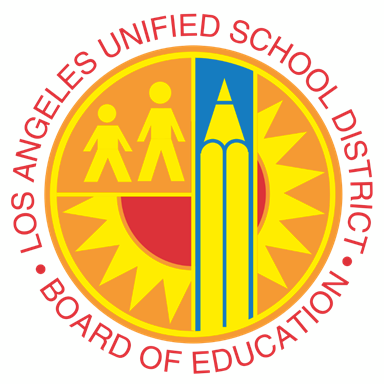
Pasco schools seek to improve equity for students, employees – By Jeffrey Solochek, Tampa Bay Times
Pasco County school district officials frequently have used the word equity in recent years as they’ve discussed the need to improve educational opportunities for children in low-income and underserved communities.
The efforts have included expanding access to rigorous academic programs, particularly in schools along the U.S. 19 corridor, and broadening the reach of Advanced Placement courses to teens who hadn’t been identified to participate in the past.
Those are only the starting point, though, superintendent Kurt Browning said. In light of the national attention paid to diversity and race relations after a summer of protests and rallies that followed the death of George Floyd in Minnesota, Browning explained, the school district must do more to eliminate barriers to educational advancement and to implement more opportunities for students.
Toward that end, Browning named his administration’s top-ranking Black official — assistant superintendent Kim Moore — to head up an Equity Advisory Council tasked with devising fair and consistent practices within the district, clear and measurable goals for achieving desired outcomes without bias, and an approach to develop diverse leadership and a capacity for change.
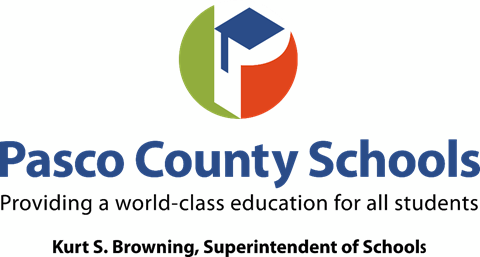
The Mastery vs. Seat-Time Debate Takes Center Stage Under Remote Learning – By Mark Lieberman, EdWeek
COVID-19 has forced educators to reexamine some of their core practices, and in some cases, circumvent them altogether. Measuring learning by how much time students spend in a classroom could be next for an overhaul. But making that transition won’t be easy.
Numerous U.S. school districts have experimented in recent years with a teaching approach that emphasizes student mastery of discrete skills or “competencies” over assessment-based, one-size-fits-all measures of learning progress. Most states have policies that permit this experimentation, and a handful have explicitly codified efforts to expand this type of education. The approach consists of a wide variety of practices, from directly communicating learning objectives to assigning projects that demonstrate learning in a variety of qualitative ways.
Proponents of the model believe the pandemic has reinforced its value: When students don’t have the luxury of being in the same room as their teachers all day, they need to draw from intrinsic motivation, and teachers can’t expect all students to progress at the same pace, given the wide variation in access to and comfort with technology tools.
Some schools that had already begun making these changes have advanced their efforts more quickly since March, when COVID-19 forced most school buildings nationwide to shut down for the remainder of the school year. Others have newly adopted competency-based or personalized learning practices, like allowing individual students in a class to progress through learning material at different paces, out of necessity, as remote learning makes traditional instruction more onerous.


